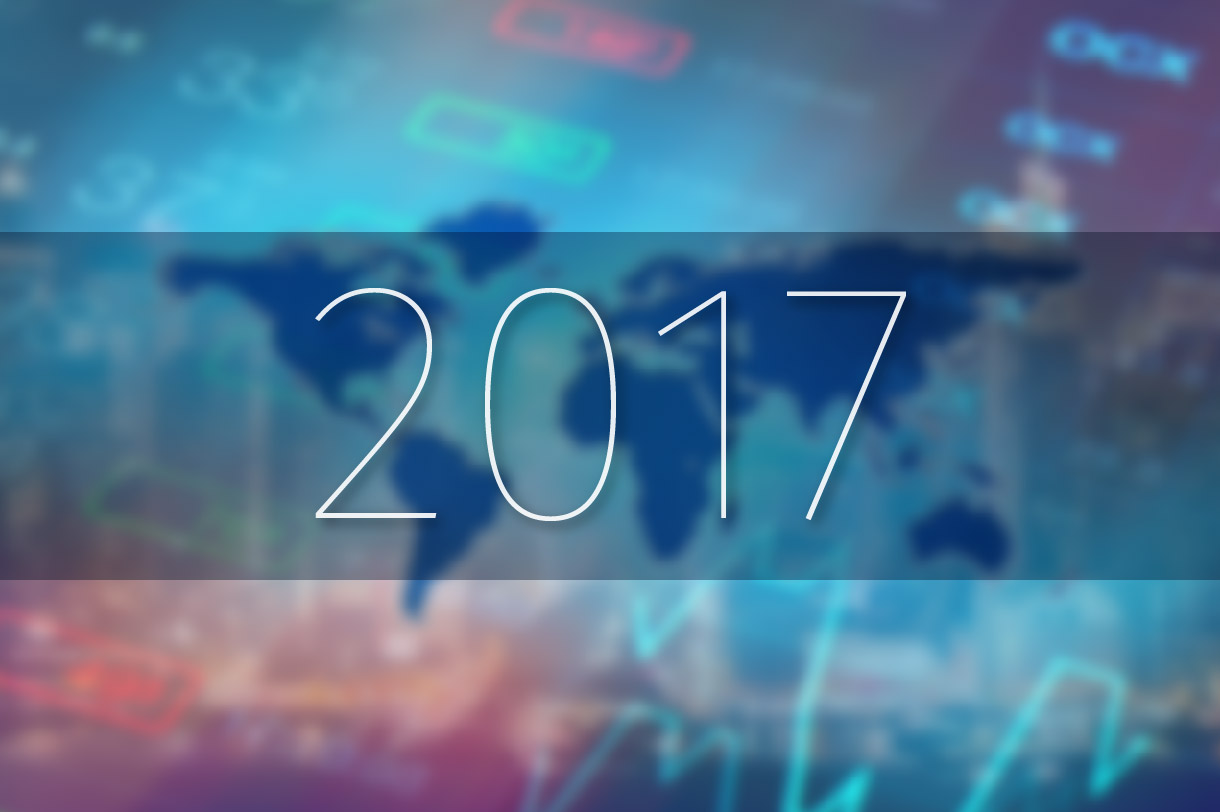Find out the 3 key predictions for what lies in store for India in 2017
In an increasingly volatile, increasingly populist Global Environment some of the old truths are starting to wear thin. But here’s one that still has the ring of truth: the unexpected has a habit of happening. You don’t need to look any further than Donald Trump, Brexit, David Cameron (remember him?) and the latest in a line of sixty-three Italian Governments to fall to the popular will. So when it comes to putting together a set of predictions for what 2017 holds in store, we are naturally animated by an overwhelming sense of diffidence.
But here goes anyway; these are our three key predictions for what lies in store for India in 2017:
Growth for Alternative Energy
The Government of Prime Minister Modi remains committed to increasing renewable capacity to 175 GW by 2022, so it is a reasonably safe assumption (even in a turbulent world) that 2017 will continue to see a strengthening of renewable energy markets in India. That, indeed, is well in line with the optimistic projections issued by the Global Wind Energy Council (as reviewed in these columns last month). So, although the aggressive statements of policy being issued by the Trump Transition Team suggest that the United States may well start to pull away from some of the more stringent climate change targets (including in particular the Pittsburgh accord), it is very difficult to predict anything like so robust a policy change after the G8 accords reached in Beijing in the summer.
Asian Markets generally and the Subcontinent, in particular, look set fair to reap the benefits of that.
Currency Market Neutrality
Ever since the Brexit Vote in the United Kingdom, major currencies across the Globe have shown a surprising volatility which has continued through to the second two-quarters of 2016; and these trends have been exacerbated (for the US Dollar at least) by the widely unanticipated election of Donald Trump as President Elect. Whilst we expect those currency fluctuations to continue into 2017 with something like the same turbulence, with the Chinese economy continuing to soften and in the teeth of a series of key European elections early in the new year likely to do little to shore up a weakening Euro, the key fact remains that even if individual major currencies lack support over time, currency markets will find it difficult to find a “safe” currency of choice to resort to because of the unusual breadth of the underlying market turbulence.
In that light we do not anticipate individual currency trends, however unpredictable and individually chaotic, to have a destabilising effect on continued economic growth; particularly in India which suffers from few of the populist factors causing turbulence to occur elsewhere in the markets.
So we predict a broadly neutral currency platform for growth.
Further Infrastructure Growth
Especially in India, infrastructure growth and investment is now proving to be a key economic indicator; and we predict that it will continue to be so, maintaining its central position in the Indian economy throughout 2017. With that in mind, the recent opening out of the London Capital Markets to provide a ready wellhead of finance for the various projects which are already on foot (in particular through the so-called Rupee Bond), should provide a stimulus to further growth across the subcontinent.
We will also watch with interest the interesting dynamic unwinding between the United Kingdom’s ongoing Brexit processes (currently stalled in the Courts) and its reaching out to India as the preferred non EU Market of choice. Prime Minister Theresa May’s Mission to India this autumn is likely to presage an increased focus on the effective interplay between the two markets.
Red Ribbon CEO, Suchit Punnose said:
Global currency markets have obviously been turbulent since the Brexit vote in the summer; and they have become even more turbulent since, but I was interested in the comment that currency traders will generally only move from a soft currency to a hard where there is a hard currency to move to; and in the current climate it is difficult to say what that currency actually is. The dollar has suffered, so has sterling, so has the yuan and so has the euro. So I think it is right that on the whole, this will create something of a neutral environment going into 2017 even though the markets remain turbulent.
And I couldn’t agree more on the future prospects of renewables and importance of infrastructure. All in all, it should be an interesting year ahead.







Leave a Reply